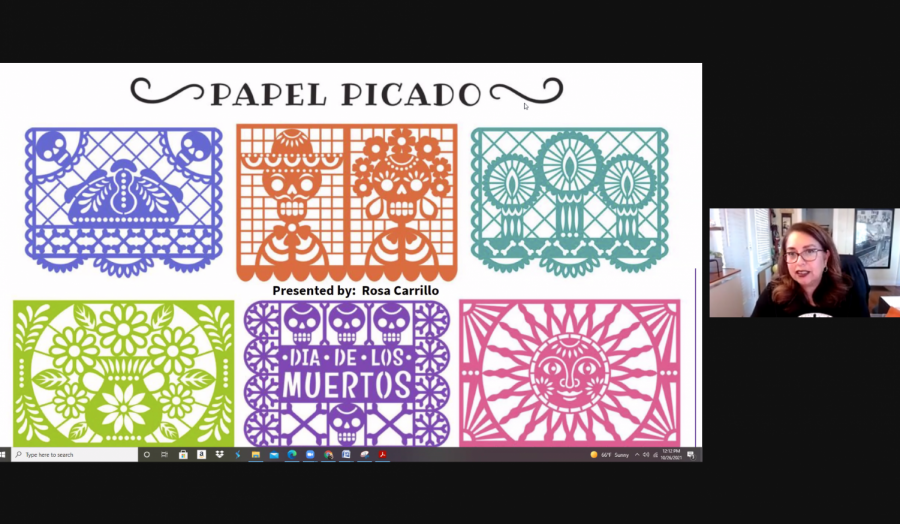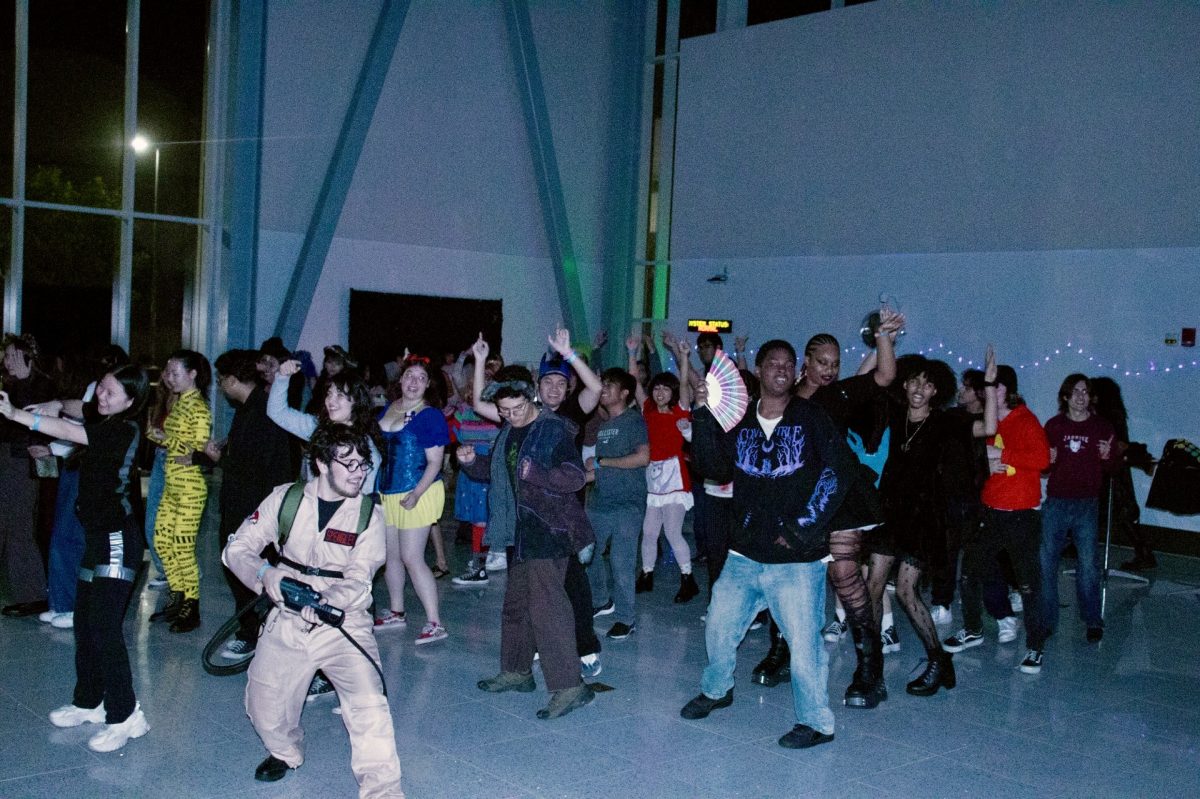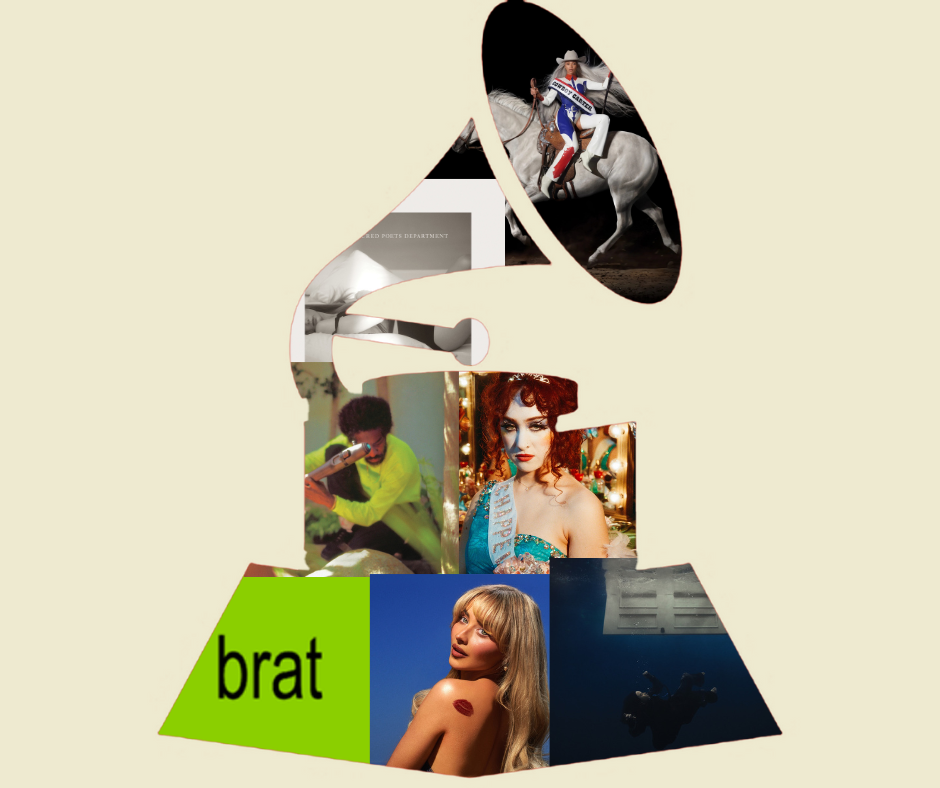The papel picado workshop hosted by Cerritos College counselor Rosa Carrillo in honor of Latinx Heritage Month taught attendees the significance and history of papel picado and how to create their own papel picado banner.
The online event had a small audience and started late due to technical difficulties. Despite this, participants were very friendly, attentive and interactive during the workshop.
For attendees there were packets available for pick up in the administration building filled with supplies to create this arts n craft.
Papel picado translates to shredded paper or confetti. It is an arts and craft project from Mexico. The birthplace of this craft is San Salvador Huixcolotla, Puebla.
This tradition native to Mexico spread due to a trading route known for exporting goods from China and the Philippines. An item that stayed in the region was a thin colored paper made of silk known as papel de china.
Papel Picado can be found decorating architecture all over Mexico. It is essentially paper that has been perforated with various or minimal designs and used as a decoration.
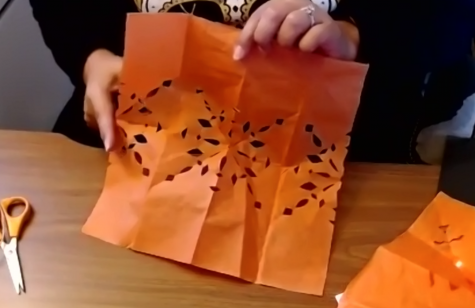
The workshop featured a PowerPoint presentation teaching participants that this craft existed during the pre Hispanic era and used by Mesoamerican cultures. These cultures would use a tree bark known as amatl for their papel picado, a very different material from the colored tissue papers used today.
In addition to tissue paper, “you can also use foil paper or thin plastic banners. They’ll come out really beautiful,” said counselor Rosa Carrillo.
Each piece of tissue paper used has a different color significance, purple is a reference to the catholic religion, blue for those who died in water, red represents warriors that died in battle or women that died during childbirth, green represents individuals that died young, white is for children, yellow is for the elderly, black represents the underworld, and pink represents Mexico, color and pride. Orange was a very important color because it represented the sun and the Aztecs believed it was the only color the deceased can see.
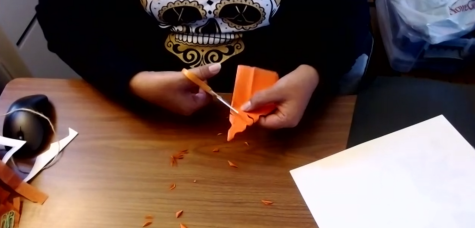
Nearing the end of the presentation counselor Carrillo gave a demonstration of how to create the arts n craft at home. Here is a papel picado banner tutorial.
“Patience, you’re really going to need patience, it’s going to get a little messy with all the little pieces flying around but in the end you will have a really good creation” said Carrillo while cutting out her design.
Some of the participants in the workshop attempted this craft free handed while others decided to use a template.
“I actually paperclipped [papel picado design] template because it made it easier for me to cut.” said Carrillo.
It is typical to see buildings and altars decorated with papel picado year round in Mexico and spanish-speaking communities. This craft becomes popular around Halloween and Dia de los Muertos on November 1-2, a holiday meant to celebrate the deceased.
The keynote presentation informed participants that the figures on the paper represent earth, rain, water, agriculture, and the underworld. In the past papel picado banners were used as offerings to various deities and the deceased. Amatl was said to connect the word of the living with the world of the dead.



